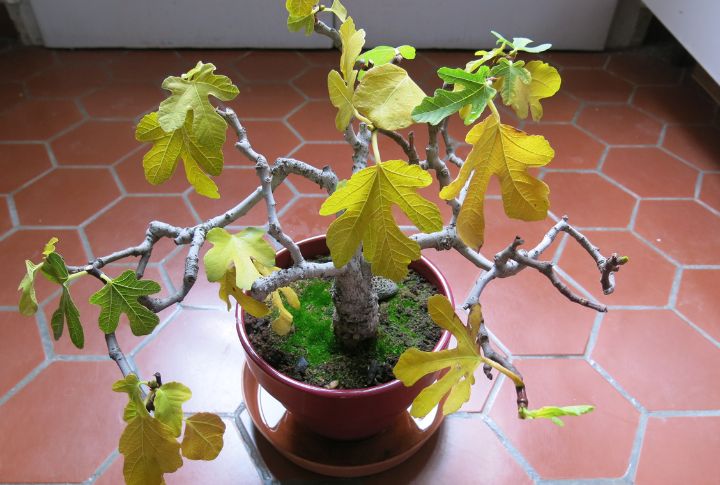
Growing a bonsai tree might seem intimidating, but some are surprisingly beginner-friendly. With the right pick, you can enjoy a miniature masterpiece without constant upkeep. These trees bring beauty, tranquility, and a touch of nature to any space. Discover ten stunning bonsai trees that are both easy to grow and rewarding to care for.
Chinese Elm
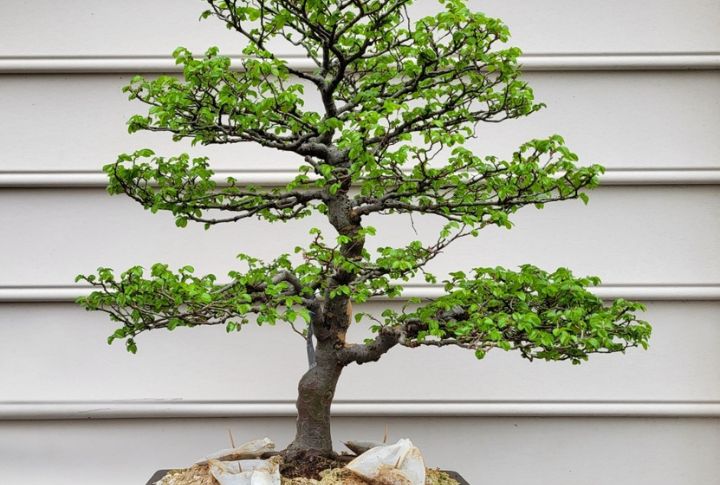
With origins that go back to the Tang Dynasty, the Chinese Elm has stood the test of time as one of the most beginner-friendly bonsai trees. Its ability to tolerate urban pollution and inconsistent watering makes it an excellent choice for city dwellers. This tree even develops a weathered, ancient look faster than most.
Ficus

Capable of survival in nearly any indoor environment, the Ficus bonsai easily adapts to artificial lighting and various humidity levels. Its aerial roots create a pretty, jungle-like aesthetic. Studies have suggested that Ficus trees contribute to improved indoor air quality by reducing carbon dioxide levels and maintaining humidity balance.
Jade Plant
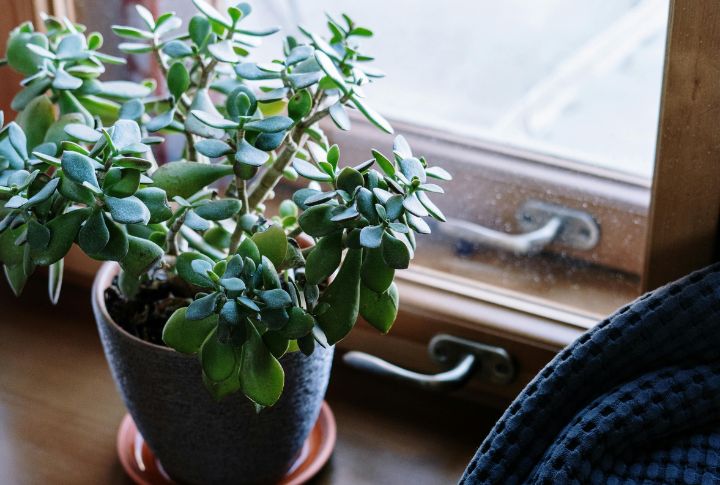
It is a succulent bonsai that requires so little care that it’s often called the “set-it-and-forget-it” tree. The Jade Plant can hold water in its thick, waxy leaves for weeks. The constitution makes this plant a lifesaver for those who occasionally forget to water. Some cultures believe it attracts prosperity and good fortune.
Schefflera
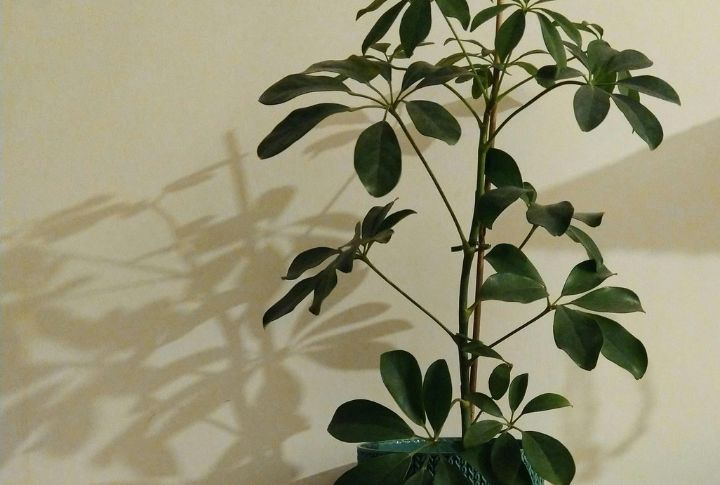
Adaptability is Schefflera’s superpower. It is a species that can tolerate inconsistent watering and a variety of light conditions. Unlike traditional bonsai, which require frequent pruning and wiring, this species naturally forms elegant branches that stream over time, making it one of the easiest bonsai trees to cultivate.
Dwarf Jade
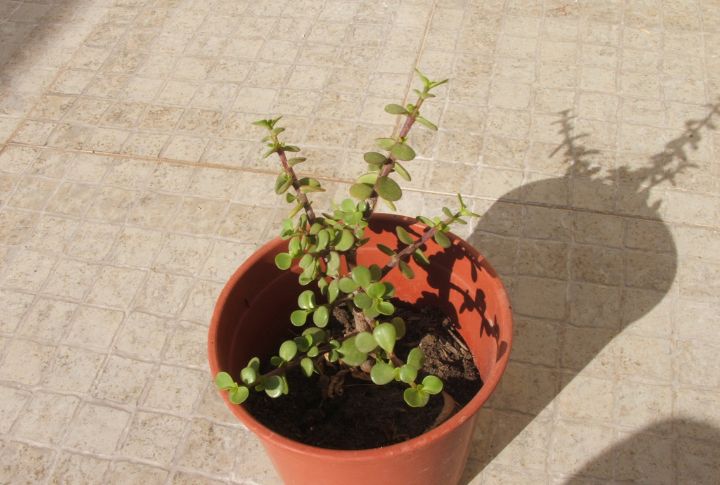
Unlike its larger counterpart, the Dwarf Jade bonsai is more compact and better suited for shapely trees. Used in Africa as a primary food source for elephants, this resilient plant naturally regenerates when damaged. Its unique ability to grow lusciously in rocky soils and drought conditions makes it ideal for beginners.
Boxwood
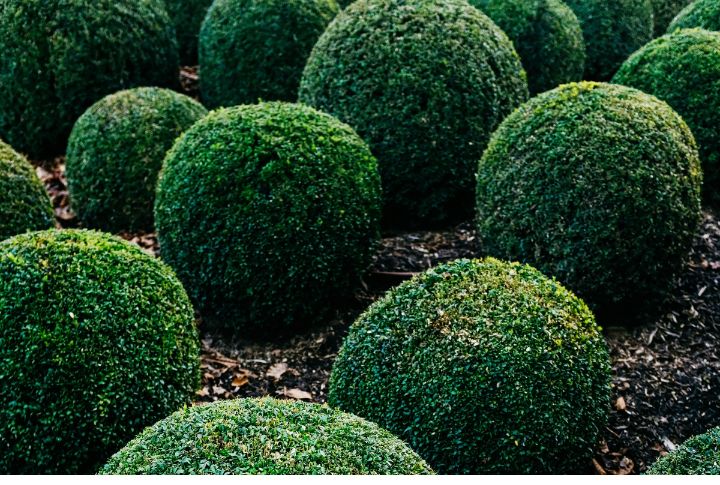
Dating back to about 2,500–3,000 years, Boxwood bonsai were favored by ancient Roman landscapers for their ability to hold carved shapes. Their dense foliage allows for creative topiary work. Despite its regal history, boxwood bonsai happens to be one of the toughest bonsai, resistant to pests, and able to thrive even in poor soil.
Pomegranate
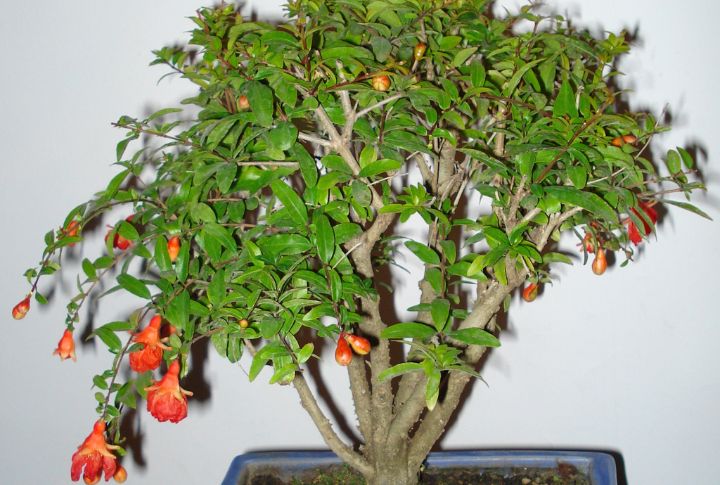
The ancient fruit-bearing tree dates back to 3000 BCE and symbolizes prosperity and abundance. Unlike many bonsai with flowers, the Pomegranate is visually gorgeous and functional. It is also capable of producing miniature, edible fruit. It prefers warm climates and tolerates dry conditions, a rewarding choice for patient beginners.
Hawaiian Umbrella Tree
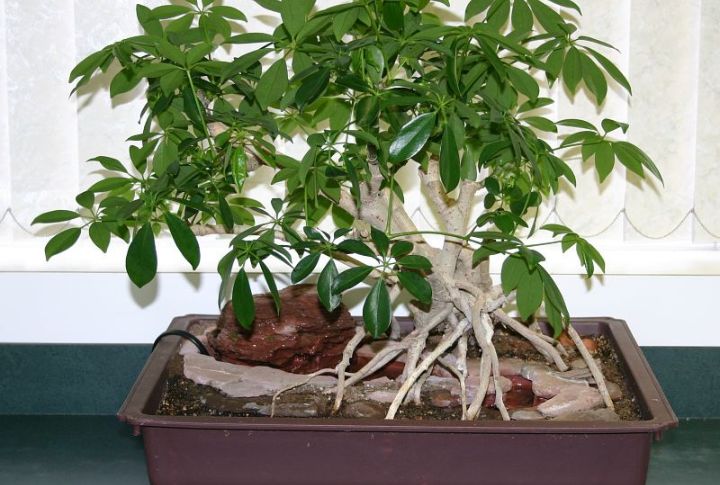
A top pick for those who want a low-maintenance, with a tropical aesthetic. The Hawaiian Umbrella Tree tolerates bright and indirectly lit indoor environments and requires very little pruning. It’s one of the few bonsai species that rarely suffers from pests or diseases, which makes it a stress-free choice for any beginner.
Brazilian Rain Tree
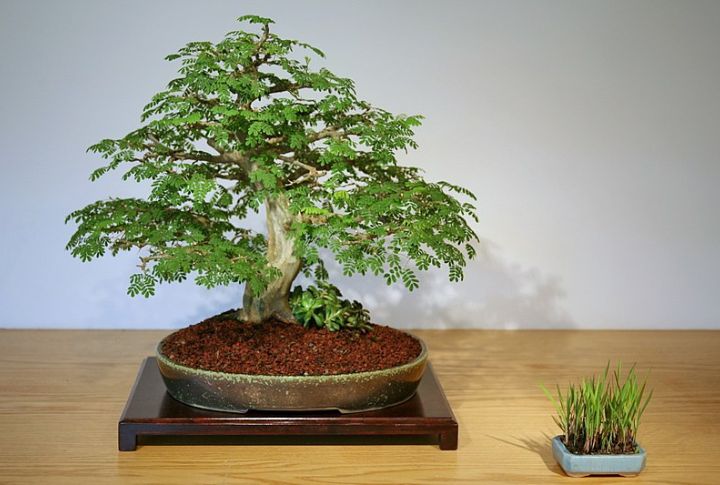
The Brazilian Rain Tree folds its leaves at night and reopens them in the morning—an adaptation to tropical rainforest conditions. Its impressive compound leaves and naturally twisting trunk create an elegant silhouette. At the same time, its tolerance for varying humidity levels makes it easy to grow for those who want to try bonsai.
Sweet Plum
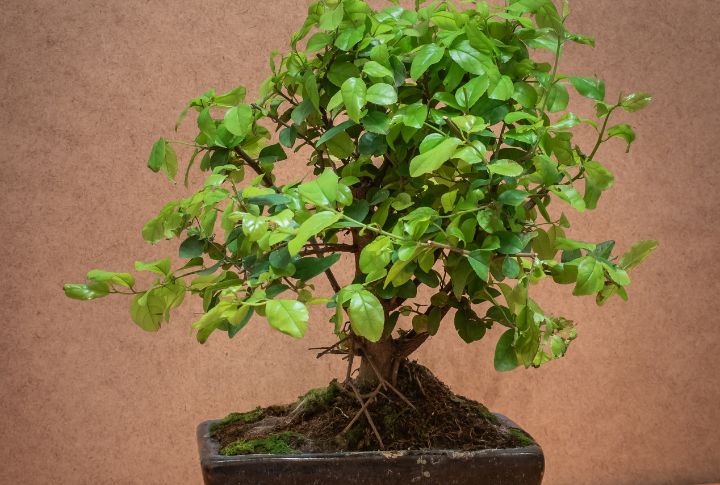
The peeling bark reveals a beautiful mix of colors, making it a standout in any collection. Unlike faster-growing trees, the sweet plum maintains a steady yet manageable growth rate. Its natural elegance means less frequent attendance, and it adapts well to different indoor environments, making care effortless.

